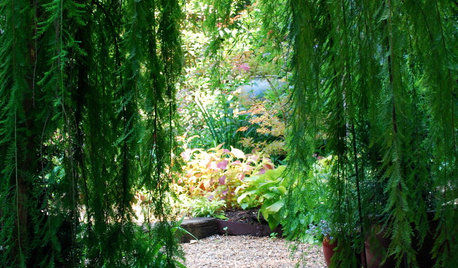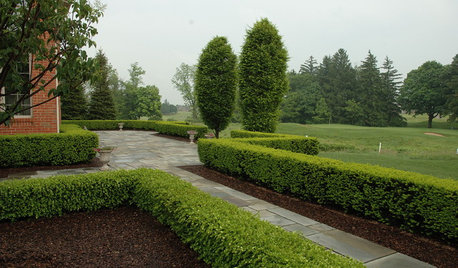Will Late Blight spores remain in your soil?
anney
14 years ago
Featured Answer
Comments (17)
carolyn137
14 years agocolokid
14 years agoRelated Professionals
Ferndale Landscape Architects & Landscape Designers · Wakefield Landscape Contractors · Addison Landscape Contractors · Brandon Landscape Contractors · Clark Landscape Contractors · Garland Landscape Contractors · Hannibal Landscape Contractors · Hickory Hills Landscape Contractors · Huntington Landscape Contractors · Middleton Landscape Contractors · Millville General Contractors · Port Washington General Contractors · Crystal Lake Decks, Patios & Outdoor Enclosures · Hull Decks, Patios & Outdoor Enclosures · Lebanon Decks, Patios & Outdoor Enclosuresanney
14 years agoanney
14 years agocolokid
14 years agokorney19
14 years agocarolyn137
14 years agolazy_gardens
14 years agorobeb
14 years agocarolyn137
14 years agojtcm05
14 years agocarolyn137
14 years agocarolyn137
14 years agoanney
14 years agobig_moorlygho1
14 years agobig_moorlygho1
14 years ago
Related Stories

GRASSESHow to Rock a Lawn
Weekend Project: The key to healthy grass begins with the soil. If turf works for you, here’s how to fix it and keep it looking its best
Full Story
FARM YOUR YARDHow to Grow Vegetables in Containers
Get glorious vegetables and fruits on your patio with a pro’s guidance — including his personal recipe for potting mix
Full Story
SPRING GARDENINGSummer Crops: How to Grow Strawberries
Pluck your own sweet strawberries right from the garden vine for smoothies, salads or eating then and there
Full Story
EDIBLE GARDENSHow to Add an Apple Tree to Your Edible Garden
Readily available, beautiful and fragrant, apple trees offer four-season interest along with crisp, juicy fruit
Full Story
EDIBLE GARDENSSummer Crops: How to Grow Tomatoes
Plant tomato seedlings in spring for one of the best tastes of summer, fresh from your backyard
Full Story
MOST POPULARWhat to Do After a Hurricane or Flood
How you treat your home after a natural disaster can make all the difference in its future livability — and your own personal safety
Full Story
LANDSCAPE DESIGNTo Make Your Garden Memorable, Add a Hint of Mystery
An element of mystique — intriguing gates, an interplay of light and shadow, hidden views — can take your garden to the next level
Full Story
GARDENING GUIDESWhat Are Your Spring Gardening Plans?
Tearing out the lawn? Planting edibles? Starting from scratch? Tell us what you plan to change in your garden this year
Full Story
SPRING GARDENING7 Spectacular and Practical Spring-Flowering Trees
Put on a beauteous show in the garden with a landscape tree awash in flowers — just do your homework first
Full Story
GARDENING GUIDESGreat Design Plant: Boxwood
This elegant evergreen can shape shift into forms limited only by a gardener's imagination and a clipper's reach
Full StoryMore Discussions







carolyn137